4.9 1890+ Google Reviews
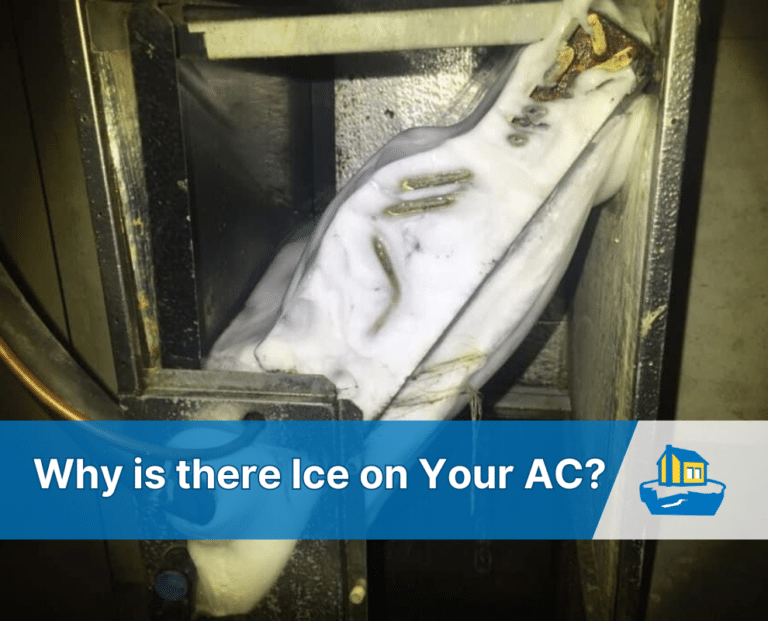
Why is there ice on your air conditioner? It’s simple—ice forms on the ac components when the refrigerant inside the AC is below freezing temperature. In a properly operating system, the refrigerant should not get that cold. However, there are several reasons why the refrigerant will get that cold.
Turn off your AC right now if it has ice build up or if it’s blowing warm air. So, unfortunately, you’re going to have to finish reading this blog with no AC.
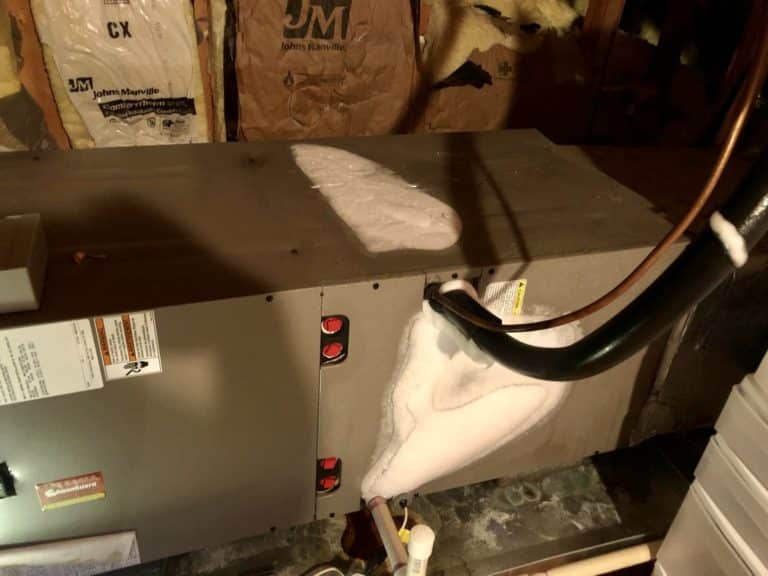
I won’t go into the nitty-gritty technical stuff, though. First of all, your air conditioner (or heat pump) doesn’t cool your air per se. Instead, it moves the heat from your indoor air to the exterior on the cooling cycle.
Next, your air conditioner has six main components. First is the condensing unit, which is the outdoor unit that has a large fan blowing air upwards. Second, the compressor, located in the outside unit, compresses the refrigerant in gas form. Third, there are coils that wrap around the condensing unit. Fourth is the evaporator coil inside the air handler cabinet that is indoors. Fifth, the blower inside the air handler cabinet blows air through the ducts. And sixth is the line set (ac lines) that connect the indoor and outdoor coils.
Another essential component is the refrigerant. The refrigerant is either a gas or liquid, depending on which stage in the cycle it is in. It absorbs heat indoors and releases the heat outside.
A super-simple explanation of the cooling process is that the compressor circulates the refrigerant between the outdoor and indoor units.
Super simple, right?
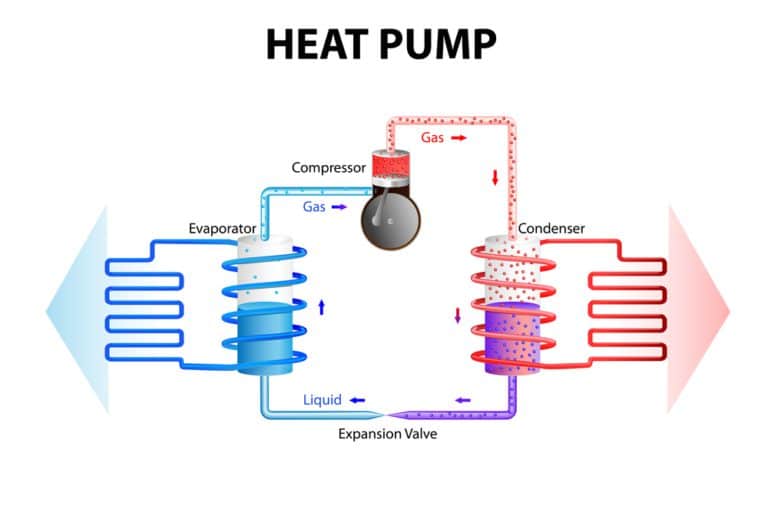
Your HVAC system’s first sign of ice build-up is a visible layer of ice on your air conditioner’s evaporator coil or the outside unit.
Sometimes the air handler is in the attic or crawlspace, though. Fortunately, there are other tell-tale signs of ice build-up.
One is a lack of airflow at your supply registers. For example, when you have a frozen evaporator coil, the blower fan won’t be able to push as much air across it.
Another symptom may be warm airflow. Of course, it may seem counter-intuitive that a frozen AC produces warm air. However, evaporator coils have a lot of surface area to maximize the amount of heat transferred to the coil. Ice clogs up the evaporator coil making it ineffective, so the air doesn't get cold.
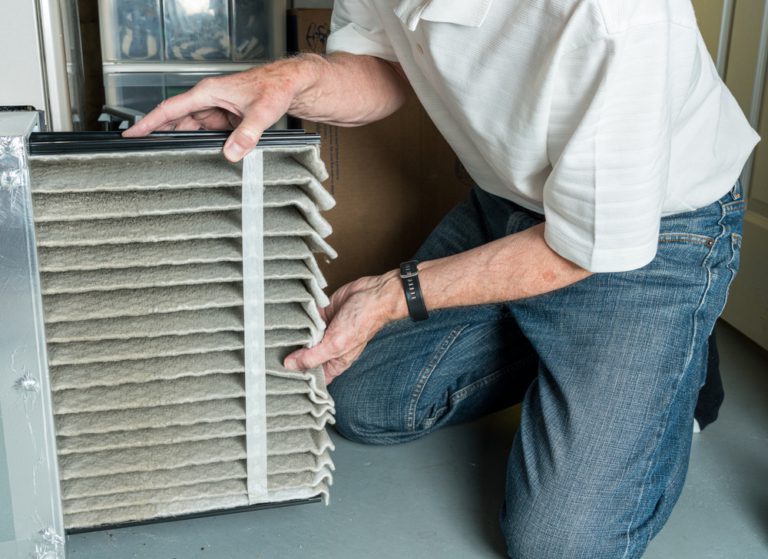
The most common reason for ice build-up on your AC is a dirty, clogged air filter. So yes, your own negligence may be why you’re hot and sweaty right now.
If you have ice build-up, the first thing you want to do is turn the AC off and check your filters. Then, replace your dirty filter.
In short, dirt blocks airflow. If there is not enough airflow across your AC’s evaporator coil, there isn’t enough warm air to transfer heat to the evaporator coil. This throws the whole system out of whack. The lack of heat transferred to the coil causes ice build-up and poor airflow into the home.
First, you need to let the ice thaw before turning your AC back on. Then, run it in fan-only mode to help the ice thaw quicker. YOU NEED TO KEEP AN EYE ON IT, THOUGH. MAKE SURE THE THAWING ICE WATER DOESN’T LEAK EVERYWHERE.
Once it’s thawed, you can turn your AC back on; there should be cold airflow from your supply vents.
Dirty coils have a similar effect to dirty filters. Evaporator coils act as a filter when there is no filter or the filter is dirty. In other words, they catch all the dirt and dust that bypasses the filter. In addition, loose fitting filters cause a similar problem.
It should be apparent at this point how essential good airflow is. Fortunately, regular maintenance can easily prevent both of these issues.
If you’re handy, you can clean the evaporator coil yourself. Again turn off the system and let it thaw. Then, spray the indoor and outdoor coils with coil cleaner sold at any home improvement store. Follow the directions on the can.
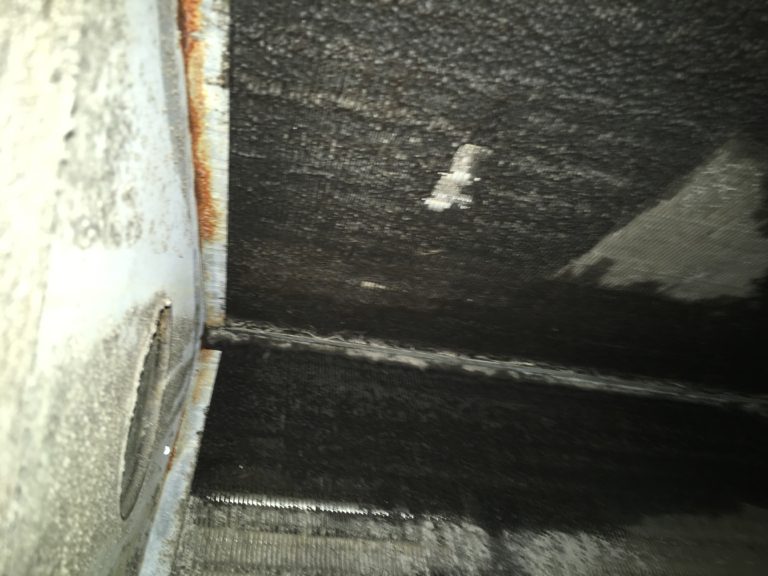
It is common for homeowners to want to save on their energy bills by closing off vents to unused rooms.Unfortunately, this is generally a bad idea. CLosed supply vents build up pressure inside the air ducts and cause insufficient airflow.
If you have not picked up it yet, sufficient airflow is vital for the system to function correctly.
If you’ve been following along closely, you should have realized that it will ice up if there is not enough air flowing across the coil. A dirty or broken fan will reduce airflow.
If it is broken, you have probably crossed from the DIY realm into the professional AC repair realm. Unless you can test and replace fans and blower motors, you should leave this to the professionals. Instead, call your favorite local HVAC company and tag them in.
A refrigerant leak is probably the worst-case scenario. An AC system with low refrigerant levels will have all kinds of problems. One of them is the build-up of ice on the coils.
The only way to address this is to call a professional HVAC contractor to find the leak, repair it, and add refrigerant.
If your system is older and uses r-22 refrigerant, this is even worse. Older systems with a low level of refrigerant are not worth repairing. In addition, as of January 2020, it was illegal to produce and import this refrigerant.
Any of this refrigerant left is very expensive. A refrigerant charge is often more costly than just replacing the unit.
If you have a frozen air conditioner, the first thing you need to do is turn it off. A thawing air conditioner can sometimes cause water damage. Make sure you keep an eye on it as it’s thawing. The water should be draining out a white pipe connected to your air handler or into a pan. The pan may or may not have a drain line. If it doesn’t, you will need to manually empty the pan with a shop vac or other means.
After your unit is thawed out, check for the possible causes listed above. If you can’t find the problem, you will need to call a professional HVAC technician.
Buildup of ice is bad and a sign that you need to service your system
Your AC needs proper airflow to work and insufficient airflow can wreak havoc on your system and wallet
You may be able to address the issue yourself, or you may need to call in a professional
Keep up with your maintenance and regular tune-ups to prevent bigger and costlier issues
It’s a good idea to keep a window air conditioner (or two) on hand in case of emergencies.
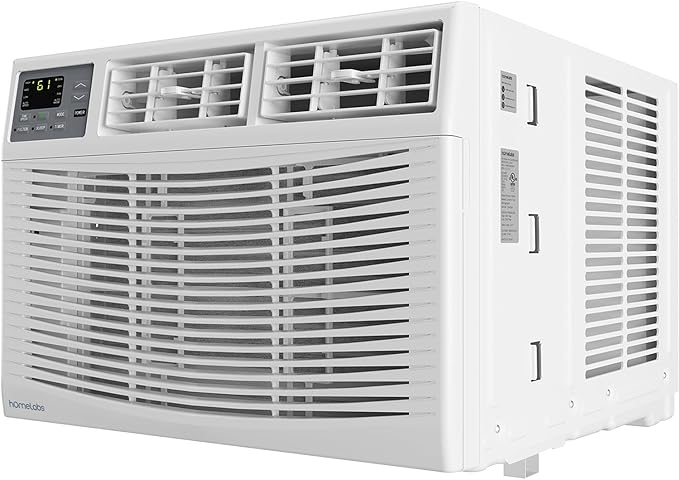
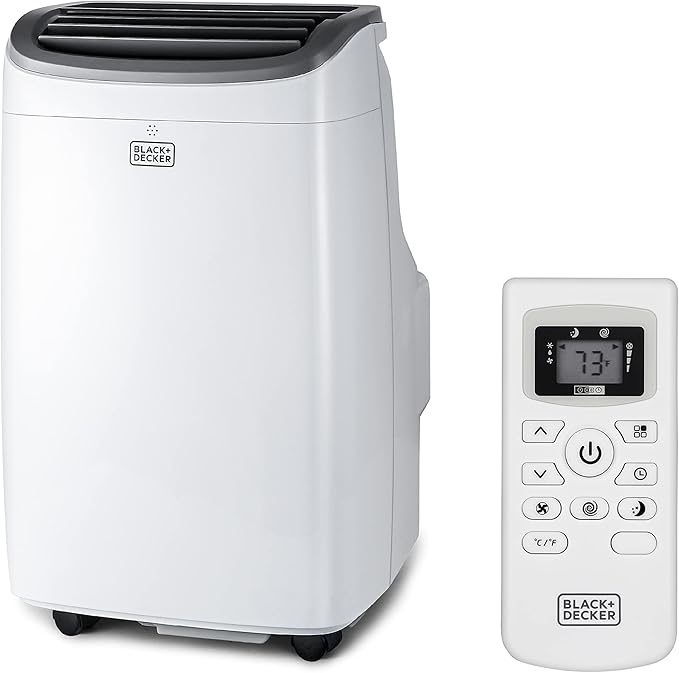
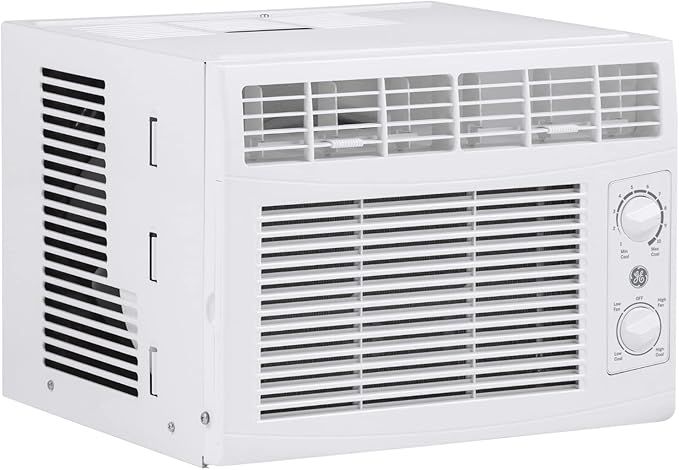
As an Amazon Associate I earn from qualifying purchases. So I provide you with you relevant knowledge and products to make extra money 🙂